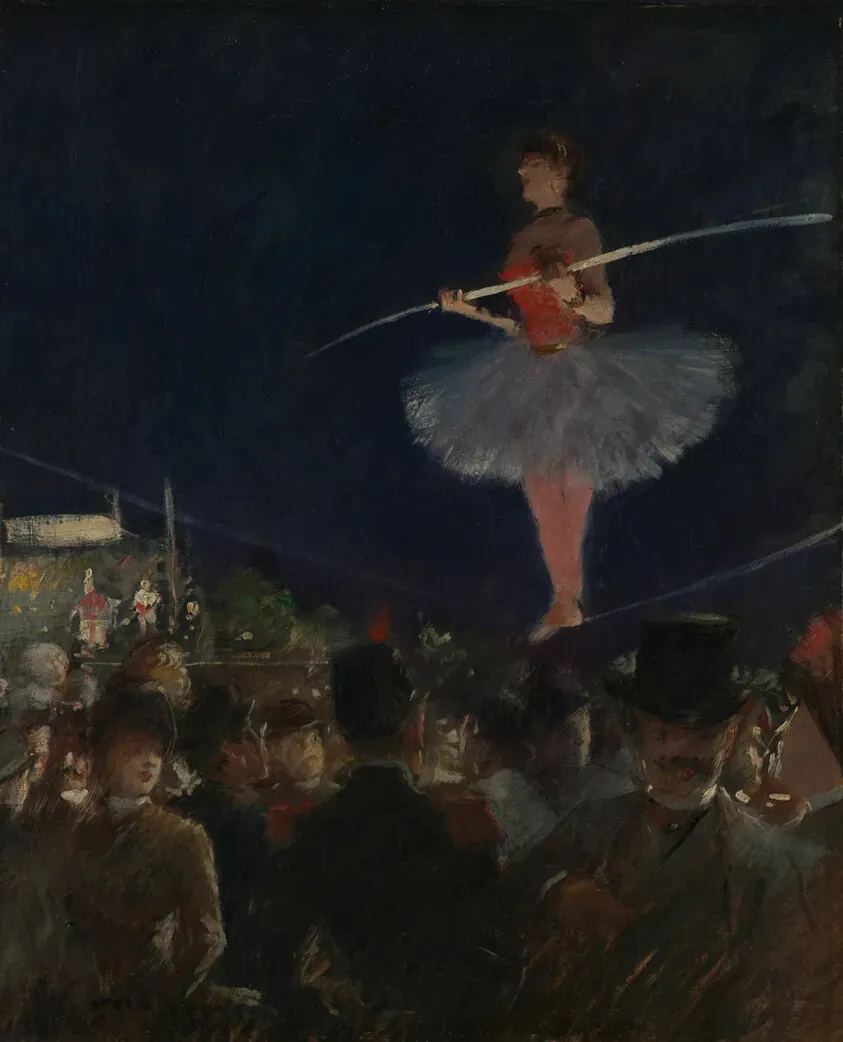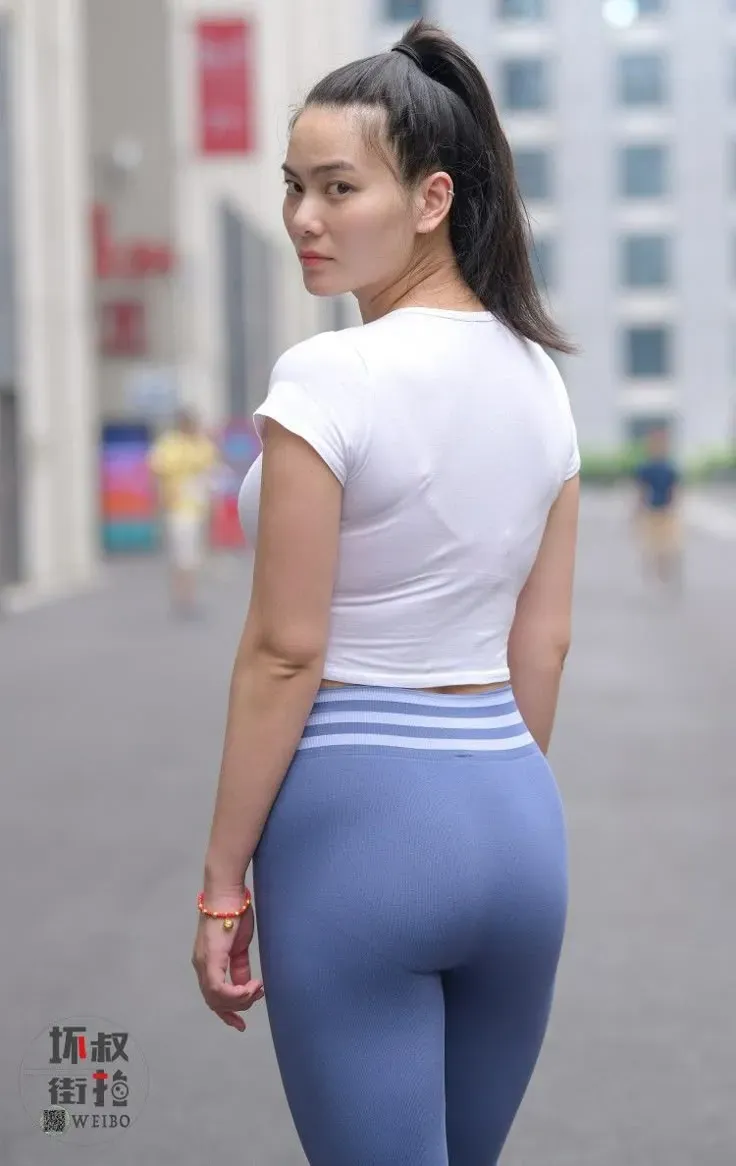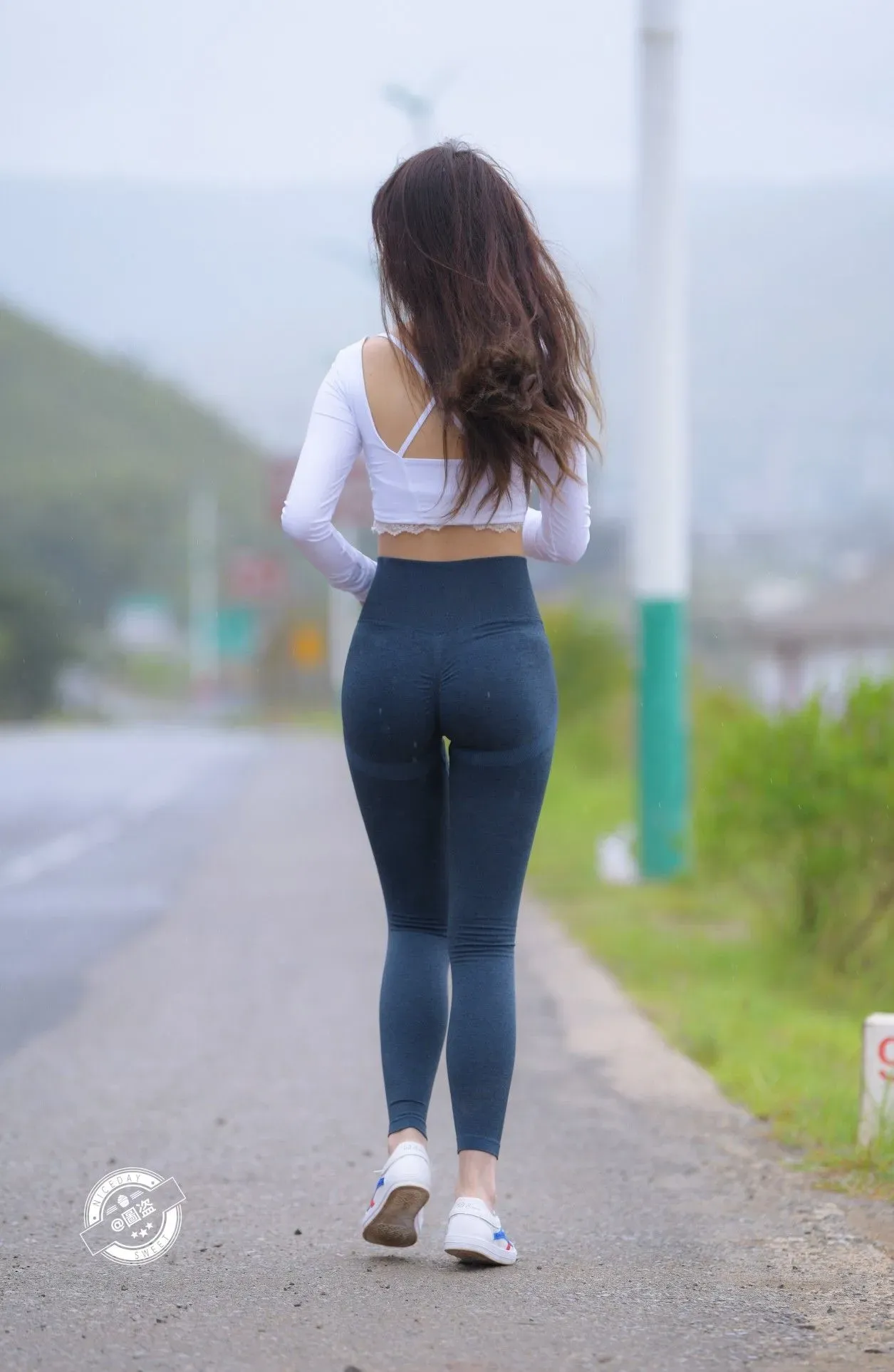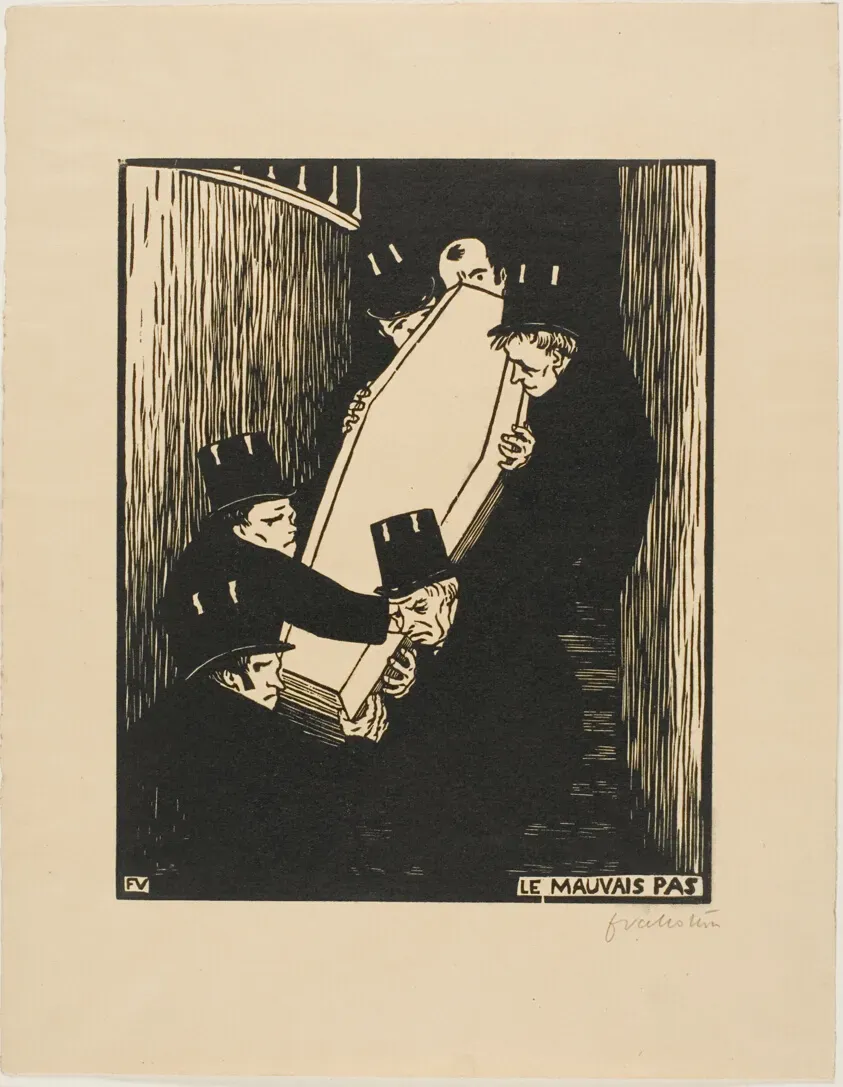Table of Contents
Walk into pretty much any yoga studio, gym, or even coffee shop these days, and you'll likely spot them. We're talking about asian tight yoga pants. There's something about the way they fit, the designs often seen, that catches the eye. But is it just a trend? Or is there more to the story behind why these particular leggings have carved out such a significant space in the activewear world?
What's the Deal with Asian Tight Yoga Pants Anyway?

What's the Deal with Asian Tight Yoga Pants Anyway?
So, you're diving into the world of activewear trends, huh? And you've noticed the buzz around asian tight yoga pants. It's not just you; they're everywhere. What's the actual story? Is it just clever marketing, or is there something inherent in the design or fit that makes them so popular? People seem to gravitate towards them for a look that's both streamlined and, let's be honest, often highlights the physique. It feels like more than just fabric; it's a specific aesthetic that's taken hold, promising performance but perhaps delivering more on form for many.
It's All About the Fit: Why Tight Yoga Pants Work

It's All About the Fit: Why Tight Yoga Pants Work
Why the Squeeze Matters
let's talk about the core of it: the fit. When people talk about asian tight yoga pants, they're usually talking about a specific kind of snug. It's not just about being small; it's about compression and how the fabric hugs your body. Think about it like a second skin, but one that actually holds things in place. This isn't just for aesthetics, though that's a big part of the appeal for many. It's functional. That compression can sometimes feel supportive, like your muscles are getting a gentle hug, which some folks believe helps with circulation or recovery. Whether that's scientifically proven or just a nice feeling, it's a key part of the experience.
The Look and Feel of the Fit
Beyond the squeeze, there's the visual. Tight yoga pants, especially those often associated with the "asian tight" style, tend to emphasize lines and contours. The fabrics are often smooth, sometimes with a slight sheen, and they drape in a way that creates a streamlined silhouette. This isn't accidental. It's a design choice that prioritizes form alongside function. For many wearers, this fit provides a confidence boost. When you feel good in what you're wearing, it can translate into how you move and carry yourself, whether you're holding Warrior III or just reaching for that top shelf at the grocery store.
So, what exactly does this "tight" fit offer?
- Reduced fabric bunching during inversions or deep stretches.
- A feeling of muscle support, which some find reassuring.
- A smooth, streamlined look that's popular both in and out of the gym.
- Potential for less chafing compared to looser fits.
- Better visibility of your body's alignment during poses (helpful for instructors).
Function Meets Form on the Mat
It's not just about looking good standing still. That tight fit actually serves a purpose when you're moving. Think about doing a handstand or a forward fold. Baggy pants slide down, get in the way, and frankly, can be annoying. Tight leggings stay put. They move with you, not against you. This allows for a full range of motion without constantly adjusting your clothes. For anyone serious about their practice, or even just trying to get through a spin class without their pants ending up around their knees, this functional aspect of the tight fit is non-negotiable. It gets out of your way so you can focus on the actual activity.
Exploring the Style: Are Asian Tight Yoga Pants a Trend?

Exploring the Style: Are Asian Tight Yoga Pants a Trend?
Defining the Look Beyond Just "Tight"
Alright, so we've established the fit is key. But what about the *style*? When people talk about asian tight yoga pants, they aren't just talking about any old pair of snug leggings. There's often a certain aesthetic involved. Think specific cuts, sometimes unique seam placements that sculpt or highlight areas, or perhaps a preference for certain matte or slightly shiny fabrics. Colors might lean towards muted tones, but you also see vibrant, bold patterns. It feels less like generic athletic wear and more like something designed with a keen eye for how the garment looks on the body, both in motion and standing still. Is this a fleeting fashion moment, or something more enduring?
More Than Just Western Activewear
Let's be real. The term "asian tight yoga pants" itself points to a perceived difference, a style often associated with trends originating from or popularized in Asian markets, particularly South Korea and Japan. This isn't just about where they're made; it's about the design philosophy. These styles often prioritize a very smooth, almost seamless look, sometimes featuring a higher waist or subtle details like ribbed textures or mesh panels placed strategically. It’s a look that blends performance with a distinct fashion sensibility, blurring the lines between gym wear and everyday clothing in a way that feels deliberate. It's less about just coverage and more about presentation.
So, what are some style elements often seen?
- Ultra-high waistbands that offer compression and shaping.
- Subtle contouring seams designed to enhance curves.
- Matte or slightly iridescent performance fabrics.
- Minimal branding or logos for a clean look.
- Strategic mesh or cut-out details.
Finding Your Perfect Pair: Shopping for Asian Tight Yoga Pants

Finding Your Perfect Pair: Shopping for Asian Tight Yoga Pants
Finding Your Perfect Pair: Shopping for Asian Tight Yoga Pants
Alright, so you've seen them, you've heard the buzz, and maybe you're thinking, " where do I even find these asian tight yoga pants?" It's not like there's a giant sign that says "Authentic Asian Tight Yoga Pants Here." You're navigating a sea of leggings claiming to be everything from "buttery soft" to "squat-proof." Finding the right pair means looking beyond the trendy labels and focusing on the details: the fabric composition, the specific cut, and paying close attention to sizing charts, which can wildly differ from brand to brand, especially when shopping internationally. Don't just grab your usual size and hope for the best; that's a rookie mistake that leads to disappointment and a pile of leggings you'll never wear.
So, before you click 'add to cart' on that promising-looking pair, ask yourself:
- What's the fabric blend? (Look for nylon and spandex for stretch and durability).
- Does the description mention specific compression levels?
- Are there detailed photos showing the seams and waistband construction?
- Have you checked the size chart against your actual measurements?
- What do the reviews say about the fit and opacity (nobody wants see-through leggings)?
Beyond the Mat: Styling Your Tight Yoga Pants

Beyond the Mat: Styling Your Tight Yoga Pants
so you've found a pair of asian tight yoga pants that fit like a dream and make you feel, well, ready for anything. But let's be honest, are you *really* only wearing them to downward dog? Probably not. These leggings have jumped the fence from the gym to everyday life. People are pairing them with oversized sweaters, crisp white shirts, denim jackets, even blazers. It’s about making activewear look intentional, not like you just rolled out of bed or finished a workout you didn't actually do. The key is balancing the tightness of the pants with looser, more structured pieces on top to create a look that says "effortlessly put together," even if the only exercise you're planning is walking to the coffee shop.
The Final Word on Tight Yoga Pants
So, what's the takeaway on asian tight yoga pants? They're certainly more than just workout gear; they've become a style statement. The focus on a specific type of fit and often unique designs has propelled them into the mainstream. While they might not magically improve your downward dog, their popularity points to a demand for activewear that blends function with a strong aesthetic. Ultimately, whether they're the right choice for you depends on your personal preference for fit, style, and how you plan to use them. They're here, they're popular, and they're definitely not just for the yoga mat anymore.
